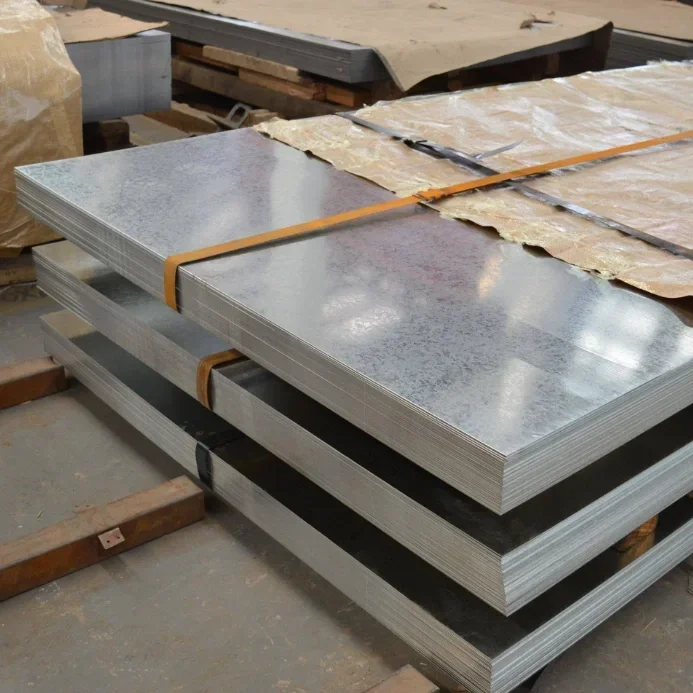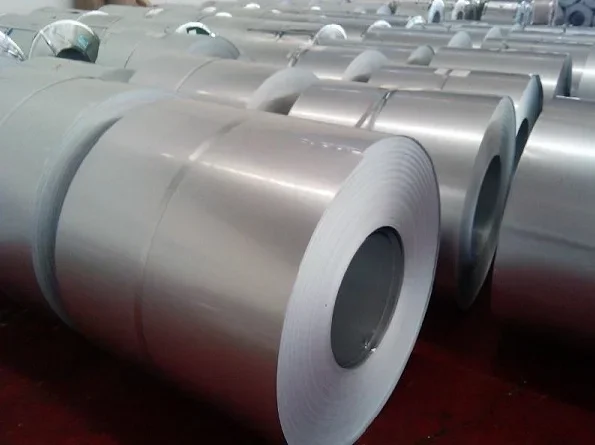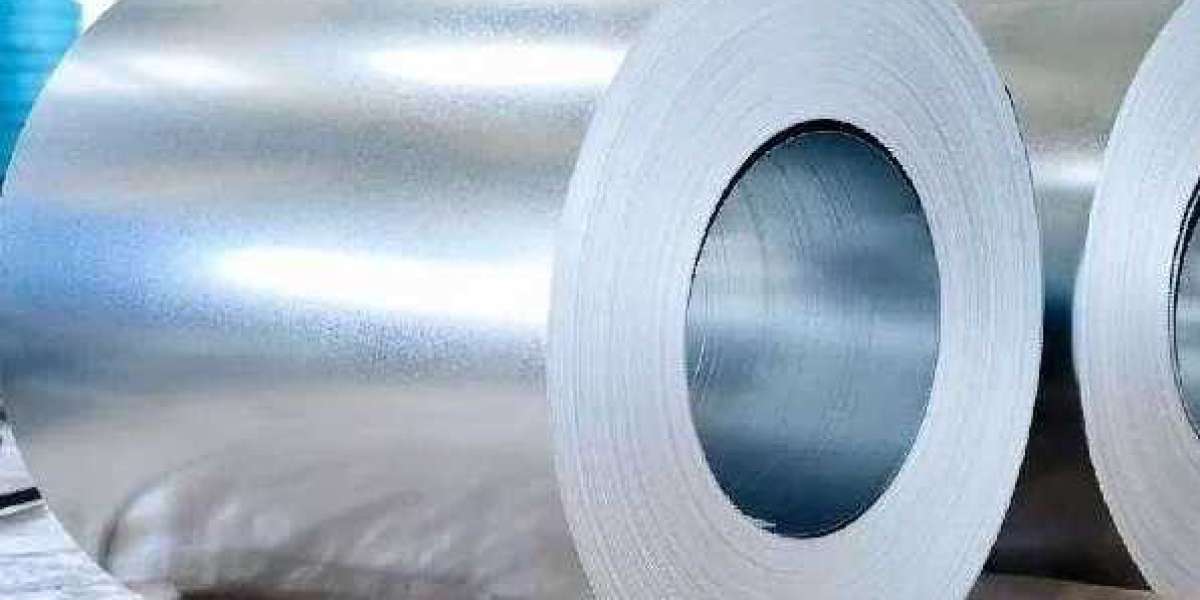Did you know that 304 stainless steel plates are not only durable but also resistant to corrosion, making them a top choice for various applications? From industrial equipment to kitchen appliances, these plates offer exceptional strength and versatility. Whether you need a reliable material for your next project or want to upgrade your current setup, 304 stainless steel plates are the go-to option.
Overview of 304 Stainless Steel Plate
Common Thicknesses
304 stainless steel plate is a versatile material extensively used in diverse applications. It offers excellent corrosion resistance, durability, and ease of fabrication. The common thicknesses available range from 3/16" to 2". This variety caters to different needs, from structural components to decorative elements.
Standard Mill Finish
The standard mill finish is a defining feature of most 304 stainless steel plates. This finish is achieved through a process where the steel plate is rolled to the desired thickness and then annealed for optimal strength and formability. It results in a smooth, reflective surface that enhances the aesthetic appeal of the material.

Applications
304 stainless steel plates find extensive use in industries such as food processing, chemical processing, and transportation.
Its corrosion resistance makes it ideal for environments where exposure to moisture or chemicals is common.
The material's versatility extends to architectural features, kitchen equipment, and automotive parts.
Benefits
Versatility: 304 stainless steel plates can be easily welded, formed, and machined to suit various applications.
Durability: With its resistance to corrosion and high temperatures, it ensures longevity in challenging environments.
Key Properties of 304 Stainless Steel
Corrosion Resistance
304 stainless steel, an austenitic chromium-nickel steel, boasts exceptional corrosion resistance. This property makes it perfect for various environments, from industrial settings to kitchen appliances.
Weldability and Formability
One of the standout features of 304 stainless steel is its excellent weldability and formability. This allows for easy fabrication into different shapes and structures, enhancing its versatility in manufacturing processes.
Temperature Tolerance and Mechanical Strength
The temperature tolerance of 304 stainless steel is noteworthy, making it suitable for applications that involve exposure to high temperatures. Its mechanical strength ensures durability and reliability in demanding conditions.
Applications in Various Industries
Food Processing
Various industries, including food processing, utilize 304 stainless steel plates due to their corrosion resistance and durability. In this sector, the material is commonly employed in equipment such as mixers, conveyors, and storage containers. The finish of these plates ensures a smooth surface that is easy to clean and maintain.
Chemical Manufacturing
In chemical manufacturing, 304 stainless steel plates are favored for their ability to withstand harsh chemicals and high temperatures. They are extensively used in the construction of reactors, pipelines, and storage tanks. The stock availability of these plates in different sizes and thicknesses makes them versatile for various applications in this industry.
Construction
The construction industry also relies on 304 stainless steel plates for their strength and longevity. These plates are utilized in structural components like beams, columns, and facades. The finish of 304 stainless steel plays a crucial role in enhancing the aesthetic appeal of architectural elements while providing excellent resistance to corrosion.
Significance in Creating Sanitary Environments 304 stainless steel plates play a vital role in creating sanitary environments, particularly in food and beverage applications. The non-porous surface of these plates prevents bacterial growth, making them ideal for use in food processing equipment and storage tanks.

Advantages of Using 304 Stainless Steel
Cost-Effectiveness
304 stainless steel plate offers cost-effectiveness compared to other materials in similar applications. It provides durability and longevity, reducing the need for frequent replacements. This aspect makes it a practical choice for various projects, ensuring long-term savings.
Low Maintenance Requirements
Due to its corrosion-resistant properties, 304 stainless steel plate requires minimal maintenance. It can withstand harsh environments without deteriorating, making it ideal for applications exposed to moisture, chemicals, or extreme temperatures. This feature not only saves time but also reduces maintenance costs significantly.
Aesthetic Appeal and Versatility
304 stainless steel plate is renowned for its aesthetic appeal and versatility in design. Its sleek and modern look enhances the visual appeal of structures, making it a popular choice in architectural projects. Its versatility allows for customization, catering to diverse design requirements across industries.
Manufacturing Processes for 304 Plates
Melting and Casting
To produce 304 stainless steel plates, the initial step involves melting a combination of raw materials such as nickel, iron, and chromium in precise proportions. Once melted, the liquid metal is cast into molds to form slabs that will be further processed into plates.
The melting and casting stage is crucial as it determines the chemical composition and microstructure of the final product. By carefully controlling the melting process, manufacturers can ensure that the stainless steel plates meet the required standards for corrosion resistance and durability.
Quality Control for Consistency
Quality control plays a vital role throughout the manufacturing process of 304 plates. Inspections are conducted at various stages, including checking the chemical composition, thickness, and surface finish of the plates. These stringent quality checks help maintain consistency in the properties of the stainless steel plates, ensuring they perform optimally in diverse applications.
Consistent chemical composition
Precise thickness measurements
Smooth surface finish
Role of Advanced Technologies
Advanced technologies such as automated production lines and precision machining equipment have revolutionized the manufacturing of 304 stainless steel plates. These technologies enhance efficiency by streamlining processes, reducing waste, and improving overall product quality.

Hot Rolling Process
Mechanical Properties
During the hot rolling process, stainless steel plates undergo significant shaping and forming. The metal is heated above its recrystallization temperature, making it easier to manipulate. This method results in plates with a dull mill finish or mill finish, characterized by a smooth surface with a slight sheen.
Surface Finish
Hot rolling impacts not only the mechanical properties but also the surface finish of the stainless steel plates. As the material is passed through the hot rolling mill, it undergoes deformation, leading to changes in grain structure and alignment. This process contributes to the final appearance of the plate, determining factors like roughness and texture.
Achieving Desired Thickness
One of the key advantages of hot rolling is its effectiveness in achieving precise thickness and dimensions for stainless steel plates. By controlling parameters such as temperature, pressure, and rolling speed, manufacturers can produce plates with uniform thickness throughout their surface. This ensures consistency in quality and performance across the entire plate.
Annealing and Its Benefits
Definition
Annealing is a heat treatment process that involves heating the 304 stainless steel plate to a specific temperature and then cooling it slowly. This process helps in improving the ductility of the material, making it easier to work with.
Stress Reduction and Workability Enhancement
During annealing, internal stresses within the stainless steel plate are reduced significantly. This reduction in stress levels not only enhances the material's workability but also makes it less prone to cracking or distortion during subsequent processes like machining or forming.
Performance and Longevity
Annealing plays a crucial role in enhancing the overall performance and longevity of 304 stainless steel plates. By improving ductility and reducing internal stresses, annealing ensures that the material maintains its structural integrity over time, even under challenging conditions. This results in improved corrosion resistance and mechanical properties, making the stainless steel plates more durable and reliable for various applications.
Pickling and Surface Treatment
Importance
Pickling is a crucial step in the manufacturing process of 304 stainless steel plates, involving the removal of oxides and impurities from the surface. This process ensures that the material is free from contaminants, providing a clean surface for further treatment.
Corrosion Resistance
Proper surface treatment, including pickling, plays a significant role in enhancing the corrosion resistance of 304 stainless steel plates. By eliminating impurities and creating a clean surface, the material becomes more resistant to rust and corrosion, making it suitable for various applications in harsh environments.
Lifespan Enhancement
Surface treatment not only improves the appearance of 304 stainless steel plates but also contributes to prolonging their lifespan. A well-treated surface reduces the risk of corrosion, maintaining the structural integrity of the material over an extended period. This ensures that the plates remain durable and reliable throughout their service life.

Comparing 304 with Other Stainless Steels
Corrosion Resistance
304 stainless steel offers good corrosion resistance, suitable for various applications. In contrast, 316 stainless steel provides even better resistance against corrosion, especially in harsh environments.
Pros of 316 stainless steel:
Superior corrosion resistance
Ideal for marine and chemical processing industries
Cons of 316 stainless steel:
Higher cost compared to 304 stainless steel
Composition Variations
The main difference between 304 and other stainless steel grades lies in their composition. 304 stainless steel contains 18% chromium and 8% nickel, making it versatile and resistant to corrosion. On the other hand, 316 stainless steel has a higher chromium content (16-18%) and added molybdenum (2-3%), enhancing its corrosion resistance.
Advantages of Choosing 304
When durability and cost-effectiveness are crucial, opting for 304 stainless steel is advantageous. For instance, in food processing equipment where corrosion resistance is essential but the budget is limited, 304 proves to be a reliable choice.
Suitability for Specific Applications
High-Temperature Environments
304 stainless steel plates, including p5112 and p5114, are well-suited for high-temperature environments due to their excellent heat resistance. These plates maintain their strength and integrity even at elevated temperatures, making them ideal for applications requiring durability under extreme heat conditions.
Food-Grade Applications
In the realm of food-grade applications, 304 stainless steel, available in various thicknesses such as p51, is highly preferred for its exceptional hygienic properties. Its non-porous surface resists bacterial growth, making it a safe and reliable choice for food processing equipment, kitchen appliances, and storage containers.
Construction and Architectural Uses
When it comes to construction and architectural projects, the weight-to-strength ratio of 304 stainless steel makes it a popular choice. Its weight is manageable while providing robust structural support, ensuring longevity and safety in various building applications. The sleek finish and corrosion resistance of 304 stainless steel enhance the aesthetics of architectural designs.

Summary
Conclusion
You've now gained a comprehensive understanding of 304 stainless steel plates, from their properties and manufacturing processes to their applications and advantages. By choosing 304 stainless steel, you ensure durability, corrosion resistance, and versatility for various industries. Understanding the hot rolling, annealing, and pickling processes further emphasizes the quality and reliability of this material. Comparing it with other stainless steels highlights its unique benefits, making it a top choice for many applications. Remember to consider 304 stainless steel for your next project to benefit from its exceptional characteristics and wide-ranging uses.







